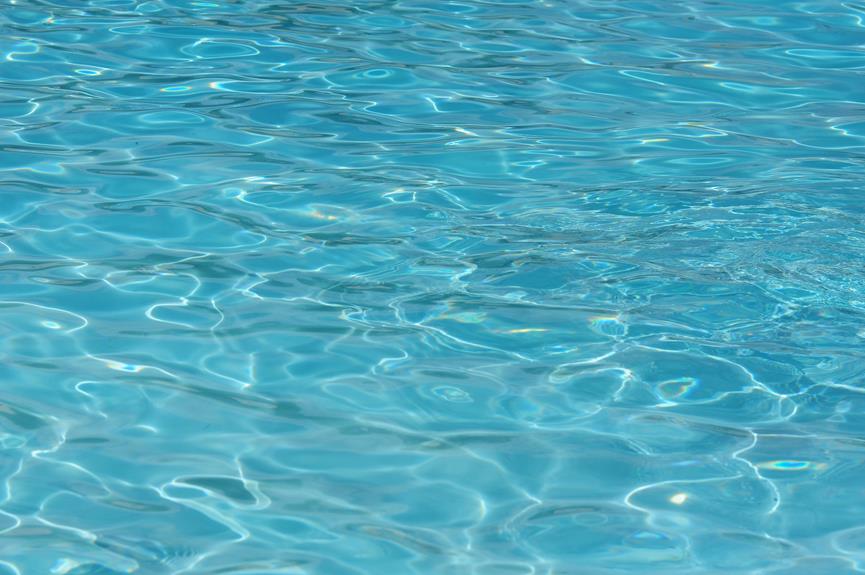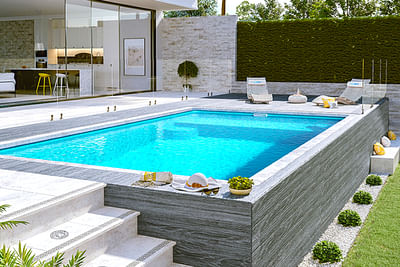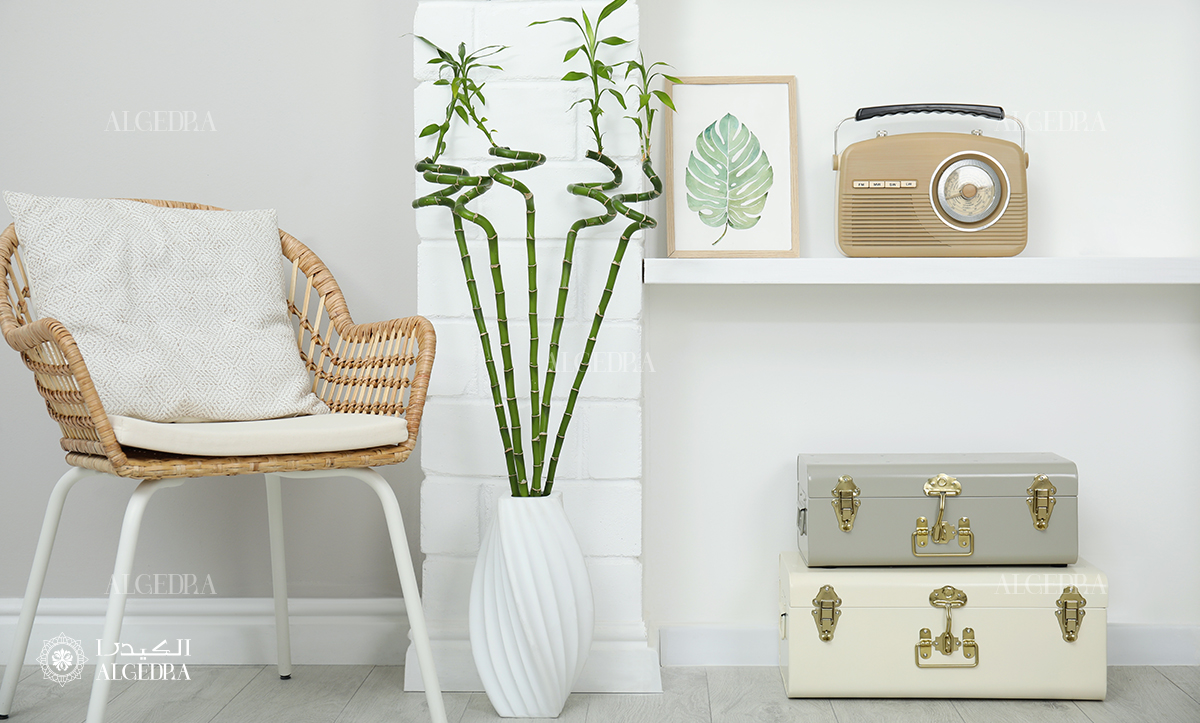Are you ready to take the plunge into cleaning your above ground pool after draining? Get ready to make a splash with a sparkling clean pool! In this article, we’ll guide you through each step of the process, from preparing the pool surface to treating the water. With our expert advice, you’ll be able to maintain a pristine pool that’s ready for endless hours of summer fun. So grab your cleaning supplies and let’s dive in!
Key Takeaways
- Clear the pool surface of debris and leaves before cleaning.
- Skim the surface with a pool net to remove floating debris.
- Use a pool brush to scrub the walls and floor to remove dirt and algae buildup.
- Rinse the pool surface with clean water to remove residual dirt and debris.
Preparing the Pool Surface
To prepare the pool surface, ensure that it’s free of any debris or leaves before proceeding with cleaning. This step is crucial in order to achieve a clean and pristine pool. Start by skimming the surface with a pool net, removing any floating debris or leaves. Be thorough and meticulous in this process, as even the smallest debris can affect the overall cleanliness of the pool.
Once the surface is clear of debris, it’s time to move on to the next step. Use a pool brush to scrub the walls and floor of the pool. This will help remove any dirt or algae buildup that may have accumulated over time. Pay special attention to the corners and crevices, as these areas tend to collect more dirt. Use long, sweeping motions and apply a moderate amount of pressure to effectively clean the pool surface.
After scrubbing, it’s important to rinse the pool surface with clean water. This will help remove any residual dirt or debris that may have been loosened during the scrubbing process. Use a hose or a pressure washer to thoroughly rinse the walls and floor of the pool. Make sure to rinse all the way to the bottom of the pool, as any remaining dirt can settle and cause further issues.
Once the pool surface is clean and rinsed, you can proceed with the next steps in cleaning your pool. By following these steps and ensuring proper pool surface preparation, you can maintain a clean and inviting pool for your enjoyment. Removing debris before cleaning is a crucial step in achieving a sparkling pool that you can be proud of.
Cleaning the Pool Walls and Floor
Scrubbing the pool walls with a pool brush will help remove any dirt or algae that may have accumulated over time. It is essential to have the right pool cleaning tools and chemicals to ensure a thorough cleaning process. Start by equipping yourself with a pool brush that has sturdy bristles to effectively scrub the walls. Dip the brush in a pool cleaning chemical solution and vigorously scrub the walls in a circular motion. Pay extra attention to areas that are prone to algae growth, such as corners and crevices. As you scrub, you will notice the dirt and algae loosening up, making it easier to remove.
For the pool floor, a pool vacuum is your best friend. Attach the vacuum head to a telescopic pole and slowly move it across the pool floor, making sure to cover every inch. The vacuum will suck up any debris or dirt, leaving your pool floor sparkling clean. If you encounter any stubborn stains, use a pool stain remover and follow the instructions on the label. Rinse the pool walls and floor with clean water to remove any residue from the cleaning process.
Now that your pool walls and floor are clean, it’s time to move on to maintaining pool accessories. This step is crucial to ensure that your pool remains clean and in good condition. Cleaning the pool ladder or steps will prevent the buildup of dirt and algae. Scrub and rinse the pool skimmer basket to remove any debris that may have accumulated. It’s also important to wash and sanitize pool toys or floats regularly to avoid the spread of bacteria. Lastly, clean and inspect pool covers and remove any pool lights or fixtures for a thorough cleaning.
Maintaining Pool Accessories
Now that you have finished cleaning the pool walls and floor, it’s important to regularly clean and maintain pool accessories to ensure a clean and enjoyable swimming experience. One of the accessories that require regular cleaning is the pool ladder. Over time, algae and dirt can accumulate on the ladder, making it slippery and unsafe. To clean the pool ladder, simply use a brush and a mild detergent to scrub away any dirt or grime. Rinse thoroughly with clean water and make sure it is completely dry before placing it back in the pool.
Another important accessory to clean and maintain is pool toys. These toys can harbor bacteria and other contaminants, so it’s crucial to sanitize them regularly. Start by rinsing the toys with clean water to remove any debris. Then, prepare a mixture of mild soap and water in a bucket. Use a sponge or cloth to scrub the toys thoroughly, paying close attention to any crevices or hard-to-reach areas. Rinse the toys again with clean water and allow them to dry completely before returning them to the pool.
Treating the Pool Water
Once the pool water is drained and refilled, you should test the chlorine levels to ensure it is properly balanced. Maintaining the right pool water chemistry is essential in preventing algae growth and keeping your pool clean and safe. Here are four steps to treat the pool water effectively:
- Test the chlorine levels: Use a pool water testing kit to measure the chlorine levels in your pool. The ideal range for chlorine is between 1 and 3 parts per million (ppm). If the levels are too low, you will need to add chlorine to bring it up to the recommended range.
- Balance the pool water chemistry: Apart from chlorine, it is crucial to maintain the right pH and alkalinity levels in your pool. The pH should be between 7.4 and 7.6, and the total alkalinity should be between 80 and 120 ppm. Adjust these levels using pH increaser or pH decreaser and alkalinity increaser or alkalinity decreaser accordingly.
- Use a pool algaecide: To prevent algae growth, it is advisable to use a pool algaecide regularly. Algaecides work by killing or preventing the growth of algae in the pool water. Follow the manufacturer’s instructions for the appropriate dosage and application method.
- Monitor and adjust the pool water sanitizer levels: In addition to chlorine, you may use other sanitizers like bromine or salt systems. Regularly test the sanitizer levels and adjust them as needed to ensure the water remains clean and free from harmful bacteria.
Skimming and Filtering the Pool
To maintain a clean pool, regularly remove debris from the surface and ensure the pool filter is functioning properly. Skimming the pool surface is an essential technique to keep your pool clean and free from leaves, insects, and other debris. With a pool skimmer net, simply skim the surface of the water, collecting any floating debris. Be sure to skim the entire surface, paying extra attention to areas where the wind tends to blow debris into the pool, such as near trees or bushes. Skimming should be done at least once a day, or more frequently if needed.
In addition to skimming, proper filter maintenance is crucial for a clean pool. The pool filter is responsible for removing small particles and contaminants from the water, ensuring it remains clear and safe to swim in. Regularly check and clean your pool filter to ensure it is functioning at its best. If you have a cartridge filter, remove the cartridge and rinse it thoroughly with a garden hose. Backwash your sand filter by reversing the water flow to flush out trapped debris. If you have a diatomaceous earth (DE) filter, follow the manufacturer’s instructions for cleaning and replacing the DE powder.
Brushing and Vacuuming the Pool
To keep your pool sparkling clean, brushing and vacuuming are essential tasks. Using a pool brush, scrubbing the walls and floor helps remove dirt, algae, and debris that may have settled. Vacuuming the pool thoroughly ensures that any remaining particles are sucked up, leaving your pool water clear and inviting. Regularly performing these maintenance tasks will help maintain the cleanliness and hygiene of your pool.
Proper Pool Brushing
Regularly brushing the pool walls and floor is essential for maintaining a clean above ground pool after draining. Here are some tips for proper pool brushing:
- Choose the right pool brush: Look for a brush with stiff bristles to effectively remove dirt and algae from the pool surface. Make sure to inspect the brush regularly for any signs of wear and tear.
- Brush in a systematic pattern: Start from one end of the pool and work your way to the other, overlapping each stroke to ensure thorough cleaning. Pay extra attention to areas prone to staining, such as the waterline and corners.
- Apply proper pressure: Use enough pressure to remove debris and algae, but not so much that it damages the pool surface. Be gentle with vinyl liners to avoid tearing.
- Brush regularly: Aim to brush the pool walls and floor at least once a week to prevent the buildup of dirt, algae, and stains. This will help keep your pool looking pristine and extend its lifespan.
Effective Vacuuming Techniques
Now that you have mastered the art of proper pool brushing, let’s move on to effective vacuuming techniques. Vacuuming your above ground pool is crucial for maintaining its cleanliness and hygiene. By removing dirt, debris, and algae from the pool floor, you can ensure a safe and enjoyable swimming experience. To help you achieve this, here are some vacuuming tips and troubleshooting techniques:
| Vacuuming Tips | Troubleshooting Vacuuming Issues |
|---|---|
| Use slow and steady strokes while vacuuming to prevent stirring up the debris. | If the vacuum loses suction, check for clogs in the hose or filter. |
| Start at one end of the pool and work your way towards the other side in a systematic manner. | If the vacuum head gets stuck, gently wiggle it to release any obstruction. |
| Attach a leaf catcher or skimmer sock to the skimmer basket to catch larger debris before it reaches the pump and filter. | If the vacuum hose keeps tangling, try using a swivel cuff or hose float to prevent twisting. |
| Backwash or clean the pool filter regularly to maintain optimal suction power. | If you notice poor suction, check the filter pressure gauge and clean or replace the filter if necessary. |
Importance of Regular Maintenance
Maintaining your pool’s cleanliness is crucial for ensuring a safe and enjoyable swimming experience. Here are 4 reasons why regular maintenance is important:
- Avoiding common pool water problems: Regular maintenance helps prevent issues like cloudy water, algae growth, and imbalanced pH levels. By keeping a close eye on the water quality, you can address these problems before they become major headaches.
- Extending the lifespan of your pool: Regular cleaning and maintenance can help prolong the life of your pool. By removing debris, scrubbing the walls, and keeping the water balanced, you can prevent damage to the pool liner, filter, and other components, saving you money in the long run.
- Saving time and effort: Manual cleaning can be time-consuming and physically demanding. Automatic pool cleaners offer the advantage of effortless cleaning, as they navigate the pool and remove dirt and debris automatically.
- Improving water circulation and filtration: Regular maintenance ensures that your pool’s circulation system is working efficiently. This helps in proper water filtration, preventing the buildup of bacteria and contaminants.
Scheduling Professional Pool Maintenance
To ensure the proper upkeep of your above ground pool, it is recommended that you schedule regular professional pool maintenance checks. Hiring a professional pool maintenance service offers numerous benefits. First and foremost, these experts have the knowledge and experience to properly clean and maintain your pool, ensuring it remains in top condition. They have the necessary tools and equipment to perform thorough cleanings, removing debris, and maintaining proper water chemistry. Additionally, professional pool maintenance services can identify and address any potential issues before they become major problems, saving you time and money in the long run.
When searching for a reliable pool maintenance company, there are a few tips to keep in mind. First, do your research. Look for companies with a good reputation and positive customer reviews. Ask for recommendations from friends, family, or neighbors who have used pool maintenance services in the past. It’s also important to ask about the qualifications and certifications of the technicians who will be servicing your pool. Make sure they are experienced and knowledgeable in all aspects of pool maintenance.
Another important factor to consider is the range of services offered by the company. Ideally, you want to choose a company that can handle all aspects of pool maintenance, from cleaning and water chemistry to equipment repairs and installations. This ensures that you have a one-stop solution for all your pool maintenance needs.
Finally, don’t forget to inquire about pricing and contracts. Compare quotes from different companies and make sure you understand what is included in the services they offer. Additionally, ask about their cancellation policy and any guarantees they provide.
Frequently Asked Questions
How Often Should I Clean the Pool Ladder or Steps?
To maintain the cleanliness of your pool ladder or steps, it’s important to clean them regularly. This helps to remove any dirt, grime, or algae buildup that may occur over time. By cleaning them frequently, you can ensure that they remain safe and in good condition for use. Regular maintenance of the pool steps also helps to prevent any slip hazards. So, make sure to include cleaning the pool ladder or steps as part of your routine pool maintenance.
Can I Use Regular Household Cleaners to Clean the Pool Skimmer Basket?
Yes, you can use regular household cleaners to clean the pool skimmer basket. However, it is highly recommended to use specialized pool cleaning products for better results. Regular household cleaners may not effectively remove all the dirt and debris from the basket, which could lead to clogging and reduced skimming efficiency. It’s always best to follow the manufacturer’s instructions and use the appropriate cleaning products specifically designed for pool maintenance.
Is It Necessary to Sanitize Pool Toys or Floats Regularly?
It is necessary to sanitize pool toys or floats regularly to maintain a clean and safe swimming environment. Pool toy maintenance is important as these items can harbor bacteria and other contaminants. Proper storage of pool floats is also crucial to prevent mold and mildew growth. To sanitize pool toys, wash them with a mild detergent and water, then rinse thoroughly. Allow them to air dry before storing them in a clean and dry area. Regularly inspect and replace damaged or worn-out pool toys or floats.
How Often Should I Clean and Inspect Pool Covers?
Cleaning and inspecting your pool cover regularly is crucial for maintaining its functionality and prolonging its lifespan. On average, pool covers should be cleaned and inspected at least once a month. This ensures that any debris, dirt, or mold is removed, preventing it from seeping into your pool when you use the cover again. Cleaning can be done with a mild soap and water solution, while inspection involves checking for tears, worn-out areas, or loose fasteners. By taking these steps, you’ll ensure that your pool cover continues to protect your pool effectively.
What Is the Recommended Frequency for Testing the Pool Water for Chlorine Levels?
To ensure the safety and cleanliness of your pool, it is important to regularly test the chlorine levels. The recommended frequency for testing the pool water for chlorine levels is once or twice a week. This will help you maintain the appropriate amount of chlorine to effectively sanitize the water and keep it free from harmful bacteria. By regularly monitoring the chlorine levels, you can ensure a clean and safe swimming environment for you and your family.
Conclusion
Congratulations on completing the task of cleaning your above ground pool after draining! By following the step-by-step process outlined in this article, you have transformed your pool into a sparkling oasis. The walls and floor are now pristine, the accessories are spotless, and the pool water is balanced and algae-free. With regular maintenance and professional assistance, your pool will continue to provide a safe and enjoyable swimming experience for seasons to come. Sit back, relax, and enjoy your beautifully cleaned pool!






